Provincial agency develops a web tool and app that those involved in moving cattle can use to simplify record-keeping
REGINA — Livestock Services of Saskatchewan will soon roll out a new digital records tool and app to help the industry move away from paper while meeting federal legislation. The MyLivestock portal will be available for non-inspected movement likely in March. However, chief executive officer Jason Pollock said its primary purpose is to serve as […] Read more Livestock Management
Livestock Management
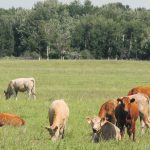
Letting heifers rough it has benefits

VIDEO: Youthful optimism abounds in cattle country
Youth programs help attract young people to the cattle breeding sector, where the optimism can be seen in the show barns
BRANDON — It wasn’t hard to find young cattle folk in the barn at Manitoba Ag Days. “They always say (average age) is getting older, but not in livestock, especially not in this kind of seedstock industry,” said Austen Anderson, as he sat on and stroked one of his Angus bulls, a peaceful creature that […] Read more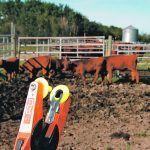
Proper tagging seen as the easiest way not to lose them
Tags that go into cattle’s ears properly are more likely to stay there and not cause problems later on with traceability
The Canadian Cattle Identification Agency has launched a new campaign to provide more information to farmers on how to retain tags on cattle. The challenge with cattle tagging is that at some point in their life, animals can lose their iconic yellow button tags, and that’s a problem for the traceability system for livestock. The […] Read more
Ear tag manufacturer solves industry’s disposal problem
Dissolvable ear tags for hogs is part of a data tracking system that won a recent livestock innovation award
BRANDON — Hog producers and processors can wash away some of their traceability problems with a new ear tag that melts in hot water. It’s part of a data system that won the top livestock innovation award at the recent Manitoba Ag Days. “Those plastic tags just don’t make it through,” said Ellery Burton, developer […] Read more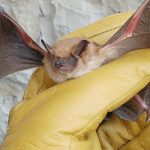
Rabies remains a rare but continued threat in Canada
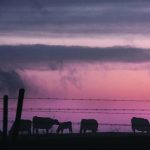
Beef improvements continue: survey
The long-running cow-calf surveillance network provides data that cattle producers can use to see where they fit
REGINA — Updated indicators from a long-term project show that cow-calf producers are improving their production and management practices. The Canadian cow-calf surveillance network, now known as the Canadian Cow-Calf Health and Productivity Enhancement Network (C3HPEN), has been monitoring animal health and disease, welfare practices and more since 2013. The project received renewed government funding […] Read more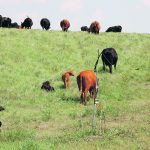
Peer groups help spread livestock information
Tapping into the power of small groups is one of the extension projects funded by the Beef Cattle Research Council
There are many ways to deliver the latest and most useful information to producers. Webinars, YouTube videos, TikTok, fact sheets, podcasts, in-person conferences and of course print media are among the options for agricultural extension in Canada. This year, Kathy Larson is trying another tactic to communicate with Canadian farmers — a peer group. “It […] Read more
Carbon exemption amendments cost farmers: PBO
Financial analysis finds carbon tax relief will be significantly lower after changes to bill

Beef markets strong but instability expected
Volatility may increase this year, particularly if heifer placements remain high along with fed marketings in the U.S.
MEDICINE HAT — Beef prices are up and demand remains strong, according to the latest Canfax market report, but dry conditions in cattle-producing regions across the globe are affecting markets. “We’ve reached new record highs in 2023 with both fed and feeder prices surpassing the previous highs made in 2015,” said Canfax executive director Breanna […] Read more


 Livestock Management
Livestock Management


